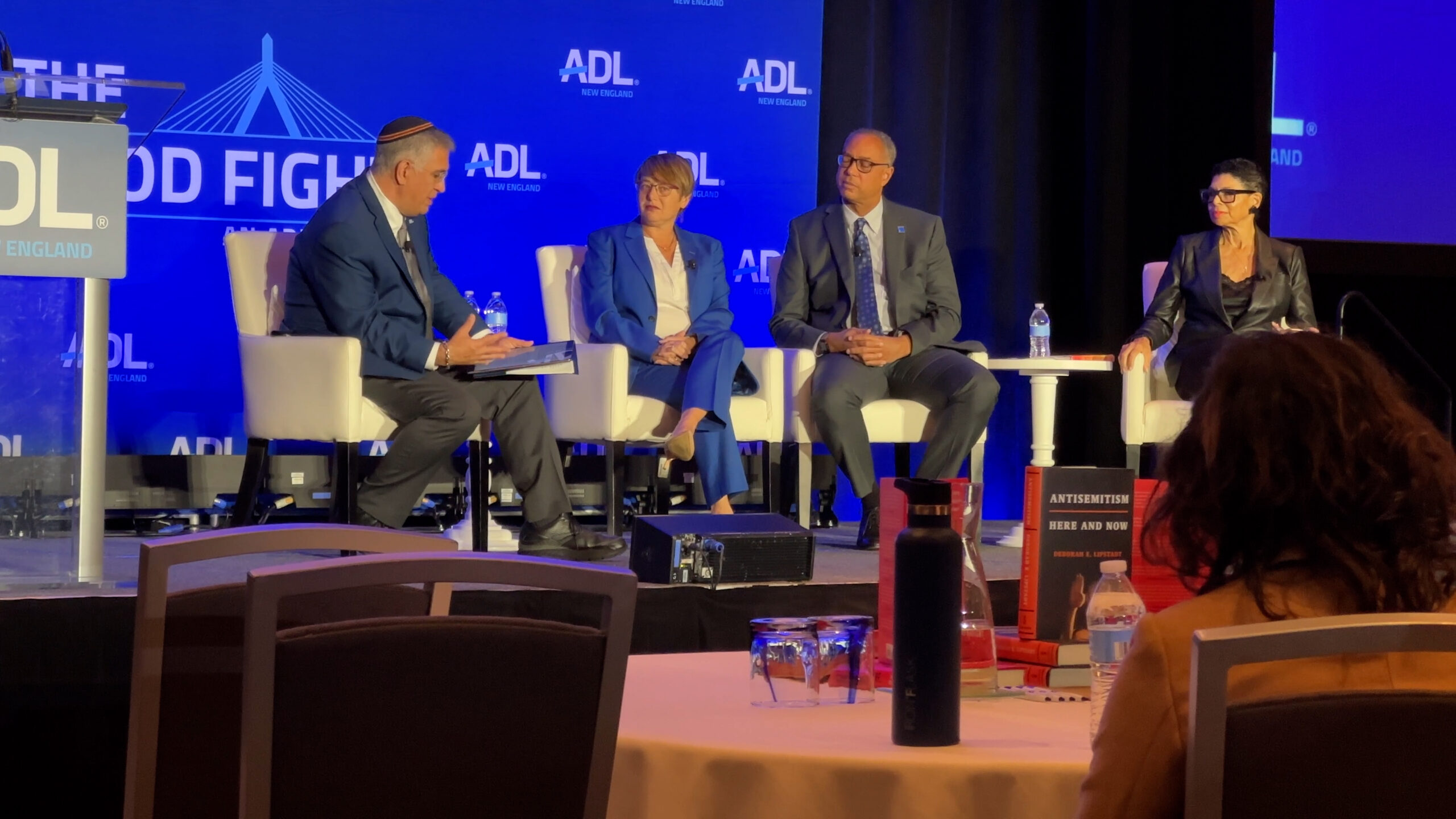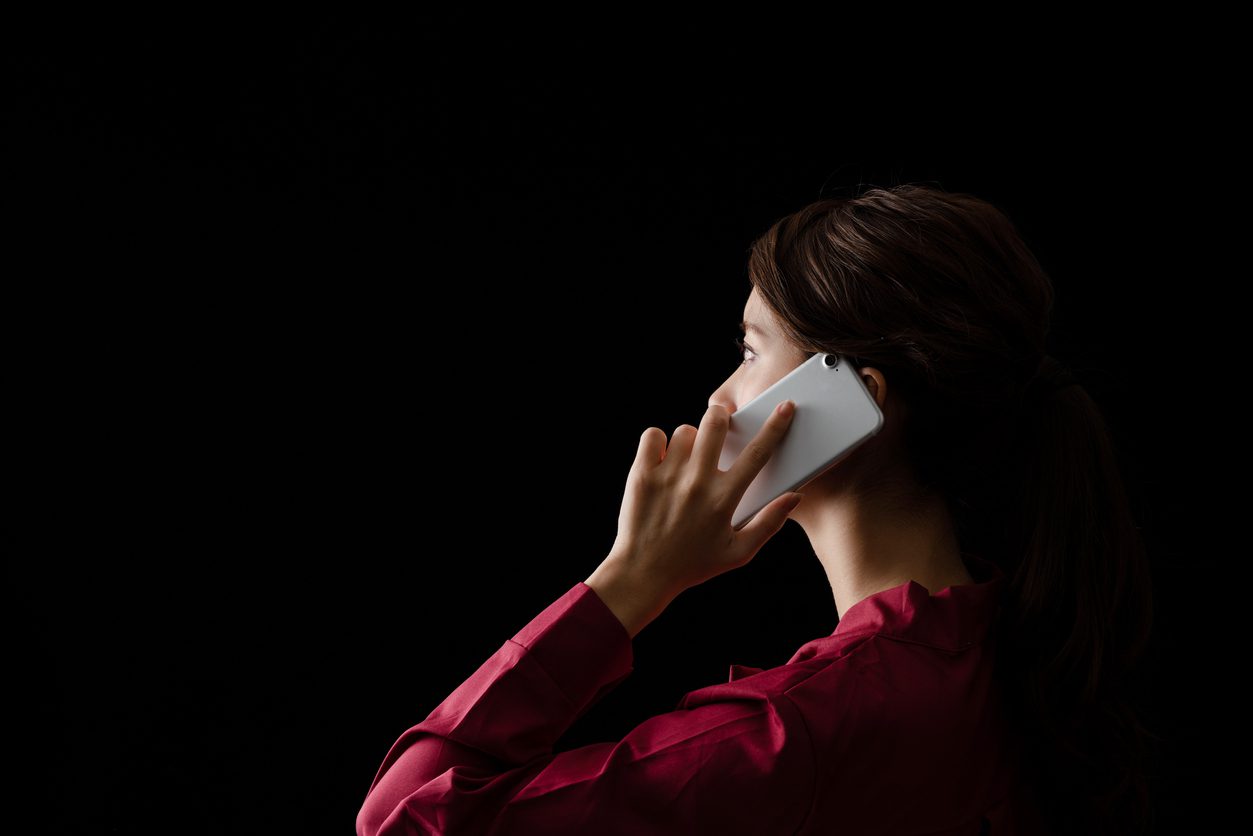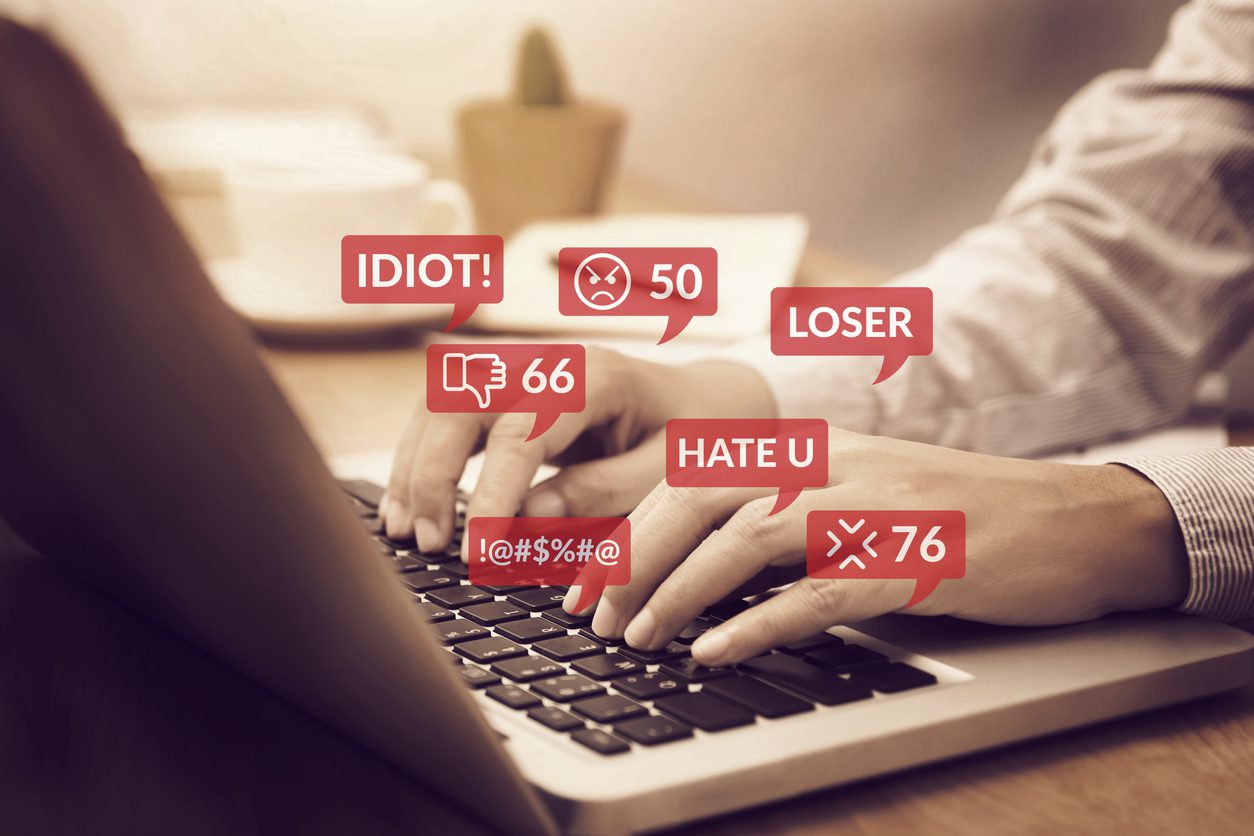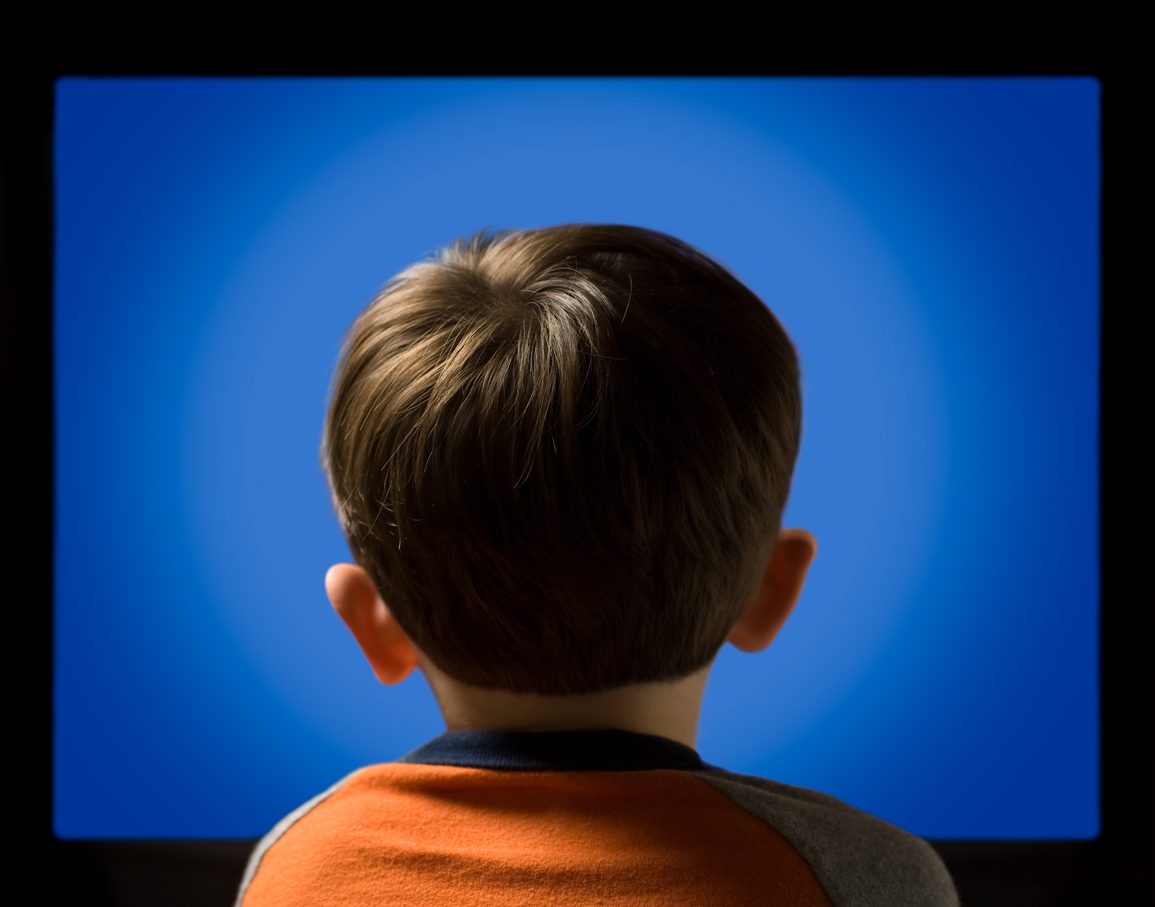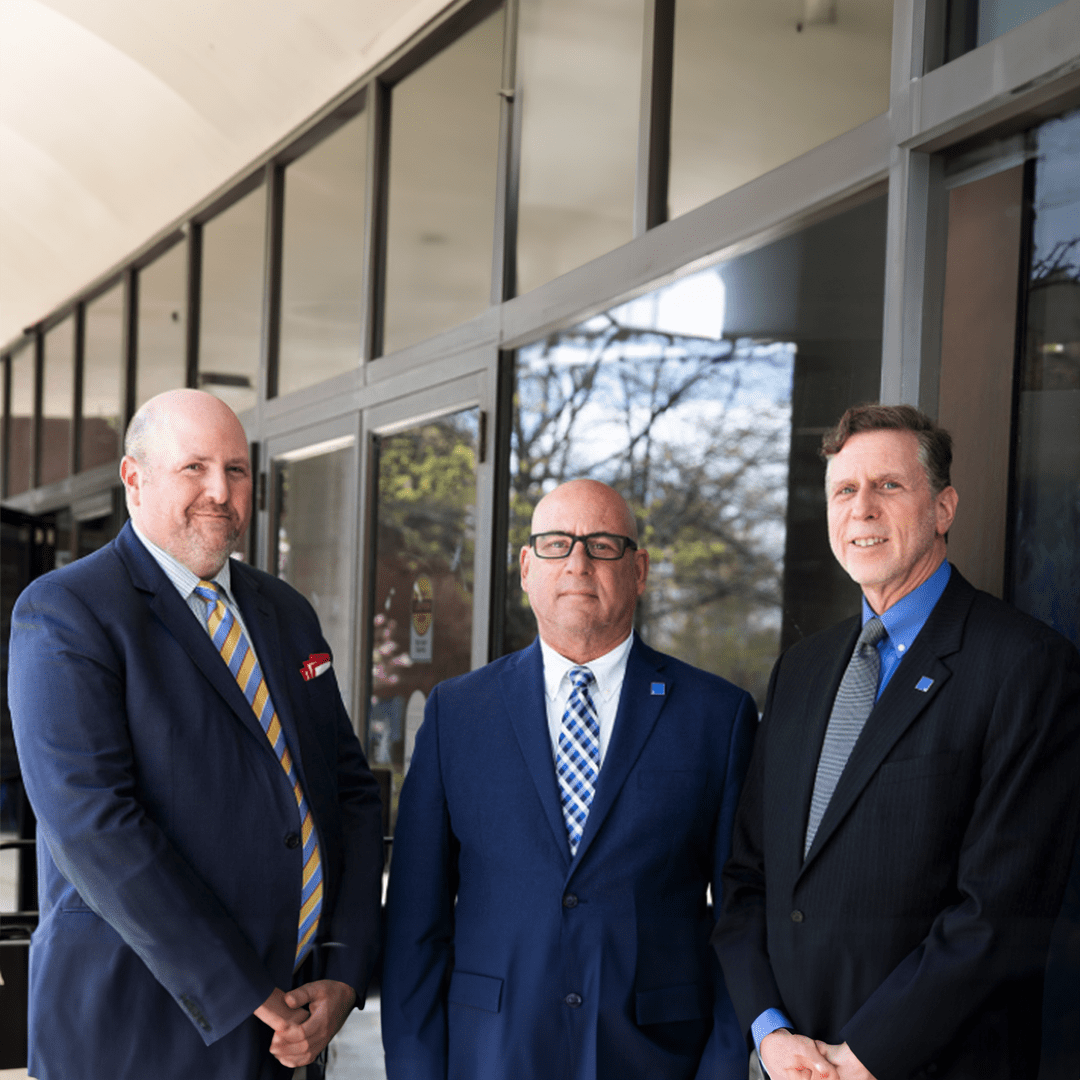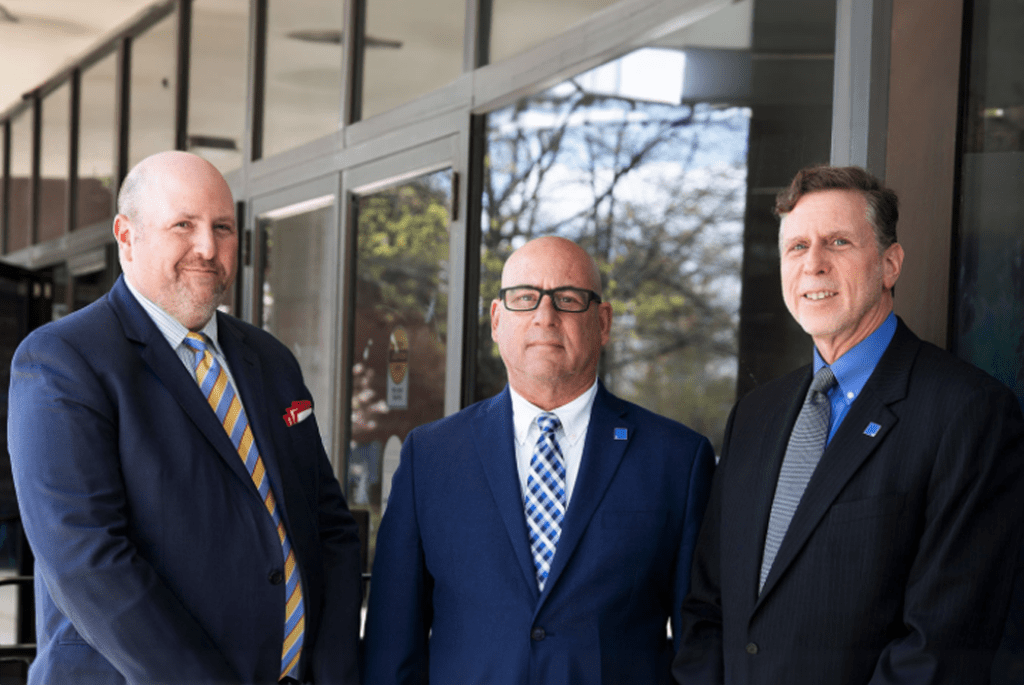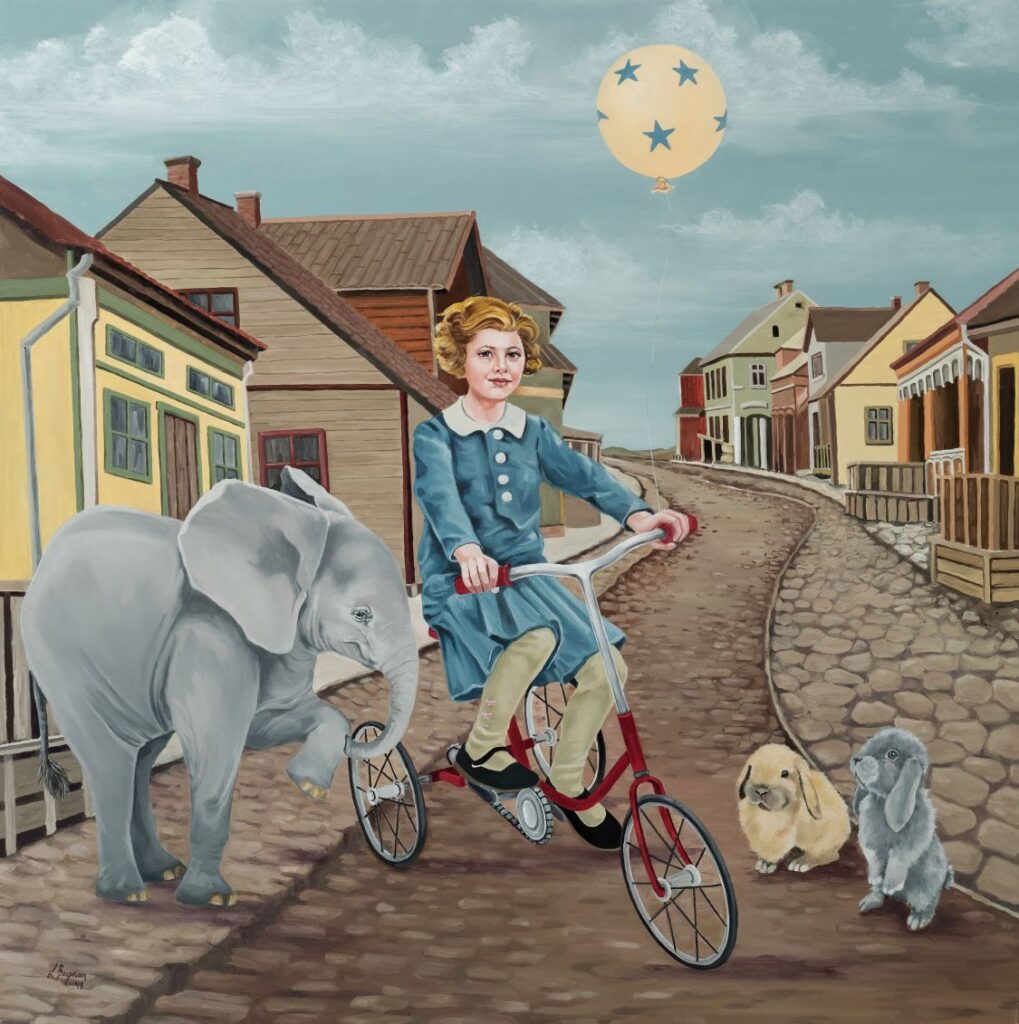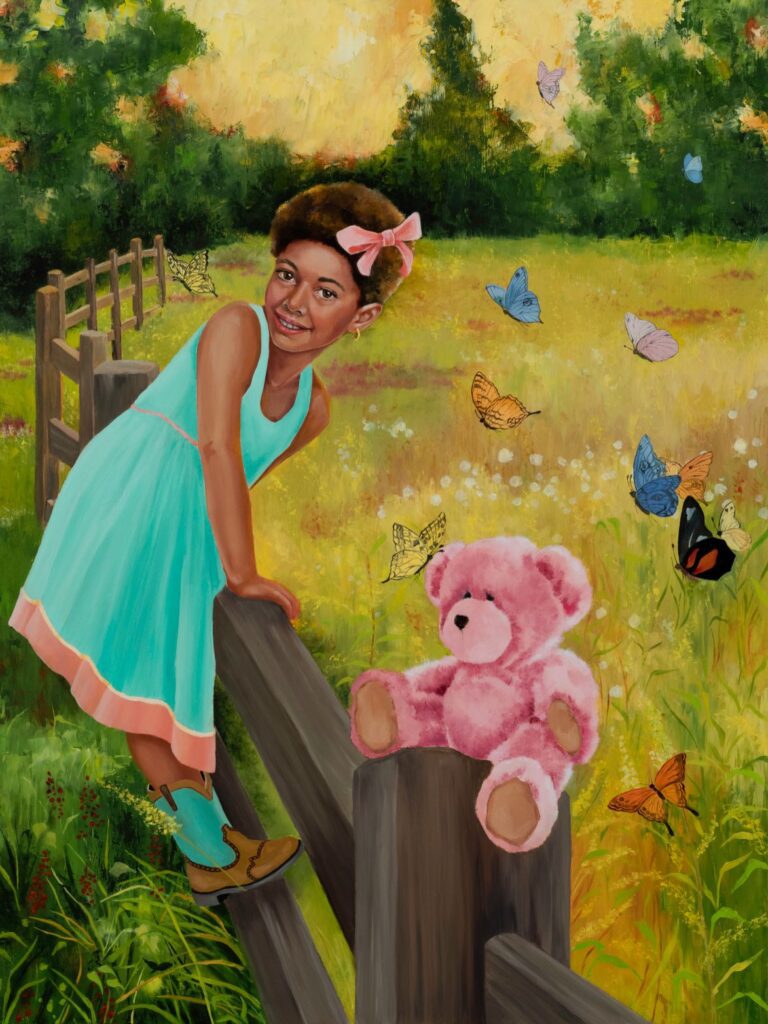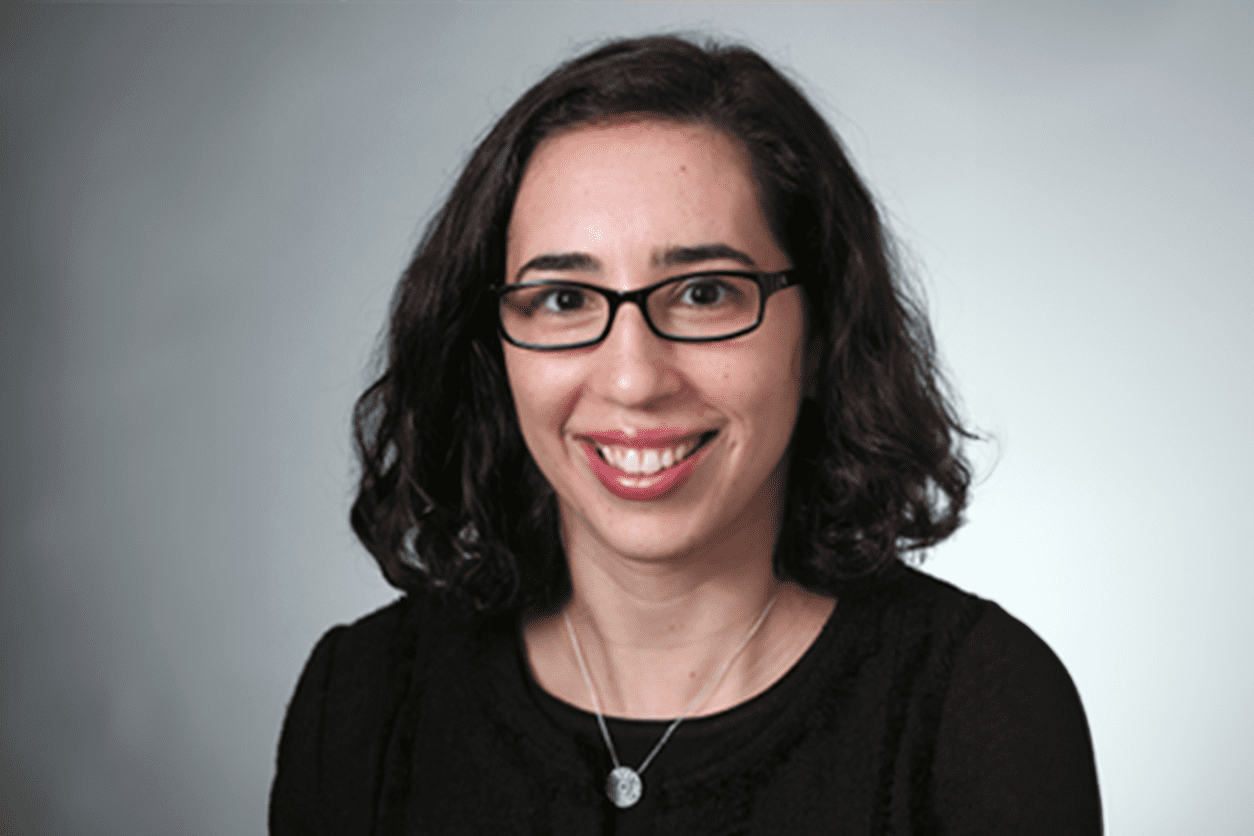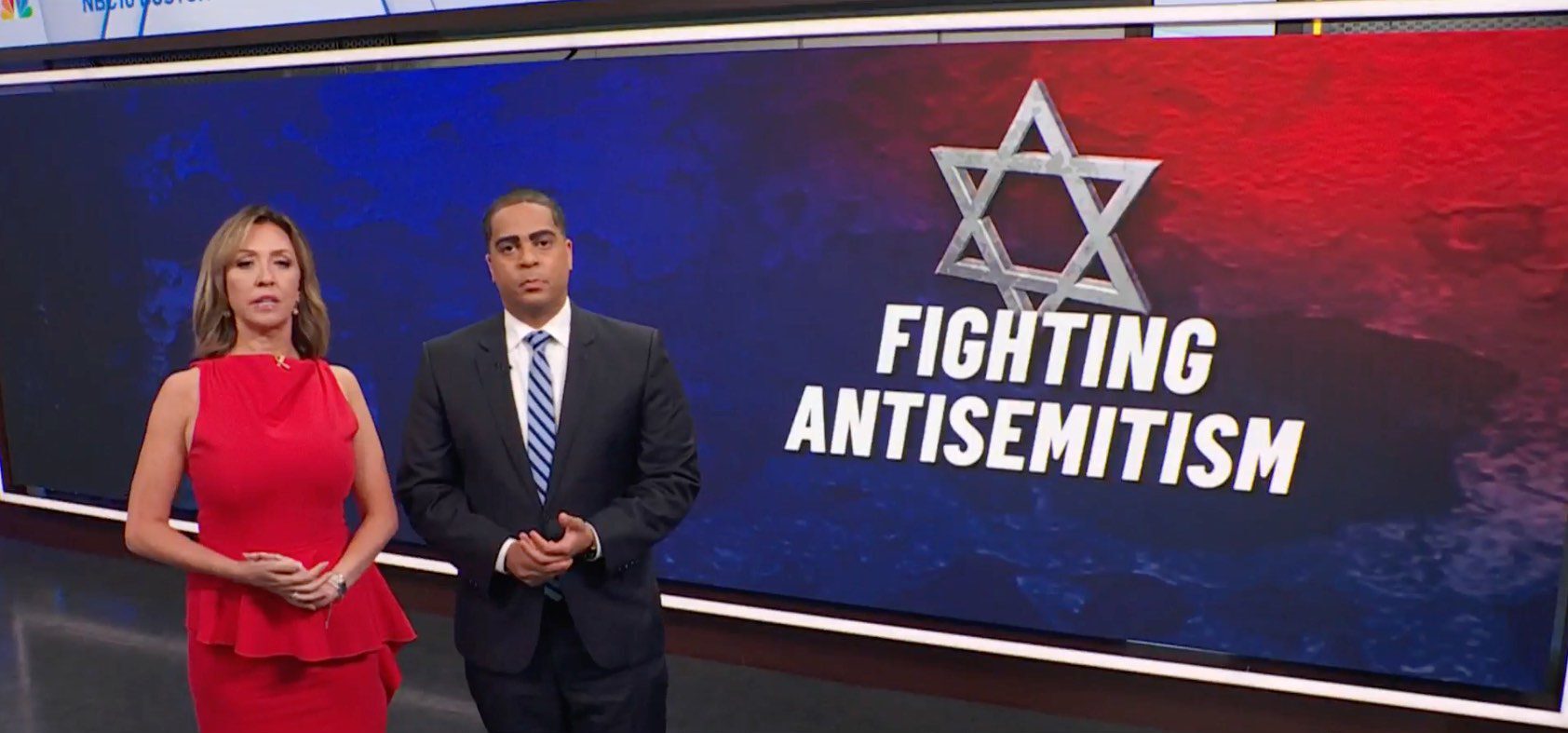By Rich Tenorio
When former President Barack Obama administration member Carol Fulp was asked about allyship during a panel at “The Good Fight Forum,” she knew exactly how to respond.
“First and foremost,” she said, “allyship is showing up. Allyship is speaking up. Allyship is looking up. It’s teaming up.”
All four actions were well-represented at what has become an annual conference in the Boston area by the Anti-Defamation League, with this year’s edition taking place at the Renaissance Boston Waterfront hotel on Oct. 10, 2023. The conference occurred three days after the deadly surprise terror attacks by Hamas against Israel. Launched from the Gaza Strip, the attacks left over 1,300 Israeli service members and civilians dead, including men, women and children. The number of wounded has surpassed 3,300, while an estimated 100 to 200 hostages have been taken by Hamas.
Fulp spoke at a panel alongside Suffolk County District Attorney Kevin Hayden and Idit Klein, the head of the Jewish LGBTQIA+ group Keshet and the lone Israeli among the trio. Rabbi Jonah Steinberg, New England regional director of the ADL, moderated the discussion.
Allyship to Boston’s Jewish community has been on display ever since the Oct. 7 terror attacks. Two days later, numerous city and state political leaders joined in a solidarity gathering for Israel on Boston Common. Among them were Gov. Maura Healey, U.S. Sen. Elizabeth Warren, U.S. Sen. Ed Markey and Boston Mayor Michelle Wu.
At “The Good Fight,” Hayden shared insights into how to disrupt hate directed against the local Jewish community.
“We have to be committed to conversations in the hard way,” he said, “fighting against the out and front, blatant ‘isms’ we’re fighting against, rather than the silence of it.” He added, “I don’t know if one is better than the other.”
Regardless, he said, “There are more for us than against us. You have to believe that, hope that, trust that. For me, personally, you have to pray that.”
Fulp shared lessons in allyship she learned from a good friend, Harvard Business School professor Rosabeth Moss Kanter.
As Fulp explained, “Allyship is to be willing to accept criticism, because we don’t know it all. We need to be open to things we might be doing wrong, things we might be doing that are hurtful. Being sensitive enough, trusting enough with your ally, they can share, ‘This is hurtful, inappropriate or a microaggression.’ These are all things that allies learn, because there is trust with their ally.”
In addition to this panel discussion, there were other panels over the course of the day, with speakers including Steinberg and CJP president and CEO Rabbi Marc Baker, plus two voices from Israel—Shalem College administrator and scholar Daniel Gordis, and Carole Nuriel, ADL senior regional director for the Middle East and North Africa.
“In the face of this ugliness of the situation, there was so much heroism,” Nuriel said. “So many people wanted to rescue others … I believe there was manifest solidarity and empathy all around. There was so much unity, togetherness, love and empathy. That will help us win.”
“What we know at this point is first and foremost what this was and was not,” Gordis said. “This was a pogrom. It was not about freedom fighters seeking freedom or Palestinians seeking a Palestinian state.”
Several speakers referenced statements directed against Israel following the Hamas attacks—namely a letter from over 30 Harvard University student groups that blamed them on Israel. Some of the groups have since withdrew their support of the letter amid outcry.
Peggy Shukur, the ADL’s deputy regional director, said, “Although Hamas is known for organized terror,” people are “witnessing a shocking counter-narrative of the attacks that is getting traction on and off campus—‘Israel is to blame for the attacks.’” And, she said that the previous afternoon, “in Cambridge, people chanted, ‘We don’t want no Jewish state, we want ‘48!’”
Rabbi David Wolpe, currently at Harvard Divinity School as a visiting scholar, had a suggestion.
“Look at the enemies Israel is fighting,” he said. “Remember 9/11. These are the people Hamas just let over their border. Appeal to people not already totally captivated by an evil ideology. Those are the people we should be talking to.”
Rich Tenorio covers antisemitism news for JewishBoston.com. His work has appeared in international, national, regional and local media outlets. He is a graduate of Harvard College and the Columbia University Graduate School of Journalism. He is also a cartoonist. Email him at richt@cjp.org.
